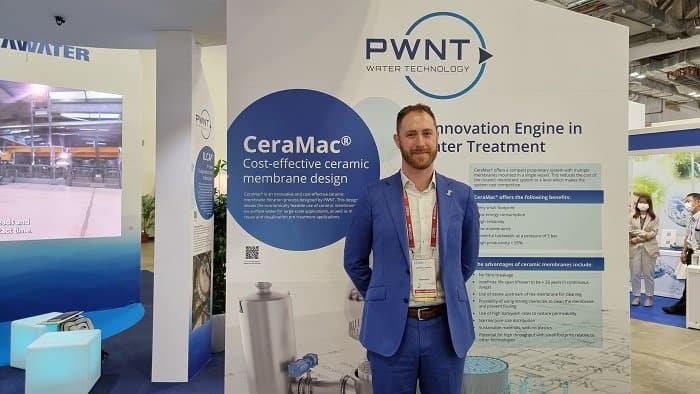Water is at the core of sustainable development and utilities worldwide have been innovating to ensure a sustainable water supply is still available for future consumption. Clément Pierart, COO for PWNT, part of Njihuis Saur Industries, shares more with Water & Wastewater Asia.
At the north of Plymouth in southwest England lies South West Water’s Mayflower Water Treatment Works, a £60 million (US$74 million) state-of-the-art that is now responsible to supply drinking water to a quarter of a million people in the Plymouth area. Mayflower marks South West Water’s biggest single capital investment in its 2015-20 business plan and has gone into service in the spring of 2020, taking over the old treatment works at Crownhill which has been serving the city since the 1950s.
Mayflower is designed to treat up to 90 MLD of water a day, from sources including the Burrator reservoir, the River Tavy and the River Tamar. Supporting the water treatment processes behind Mayflower was PWNT, which supplied three of its flagship technologies – namely SIX, a suspended ion exchange process with a resin regeneration system; In-Line Coagulation and Adsorption (ILCA) to minimise coagulation and flocculation footprint while simplifying pre-treatment upstream of CeraMac; and the CeraMac ceramic membrane filtration system.
The three technologies are combined together for the first time and demonstrate how innovation can bring higher quality drinking water to the population, declared Clément Pierart, COO for PWNT, part of Nijhuis Saur Industries.
He told Water & Wastewater Asia: “Mayflower receives feed from various reservoirs and rivers, which is blended in various proportions and is then collected into an inlet reservoir through the filters. The water then goes through SIX for the removal of dissolved organic carbon, followed by an atmospheric ILCA for some light coagulation before being brought onto the CeraMac vessels.
“For this Mayflower project, we supplied 10 CeraMac vessels in the C-90 model configuration to mee the total capacity of 90 MLD. It has been in operation for two years now and has been producing clean and safe drinking water consistently without any major issues.”
The full article is available in the latest edition of Water & Wastewater Asia Jul/Aug 2022 issue. To continue reading, click here.

